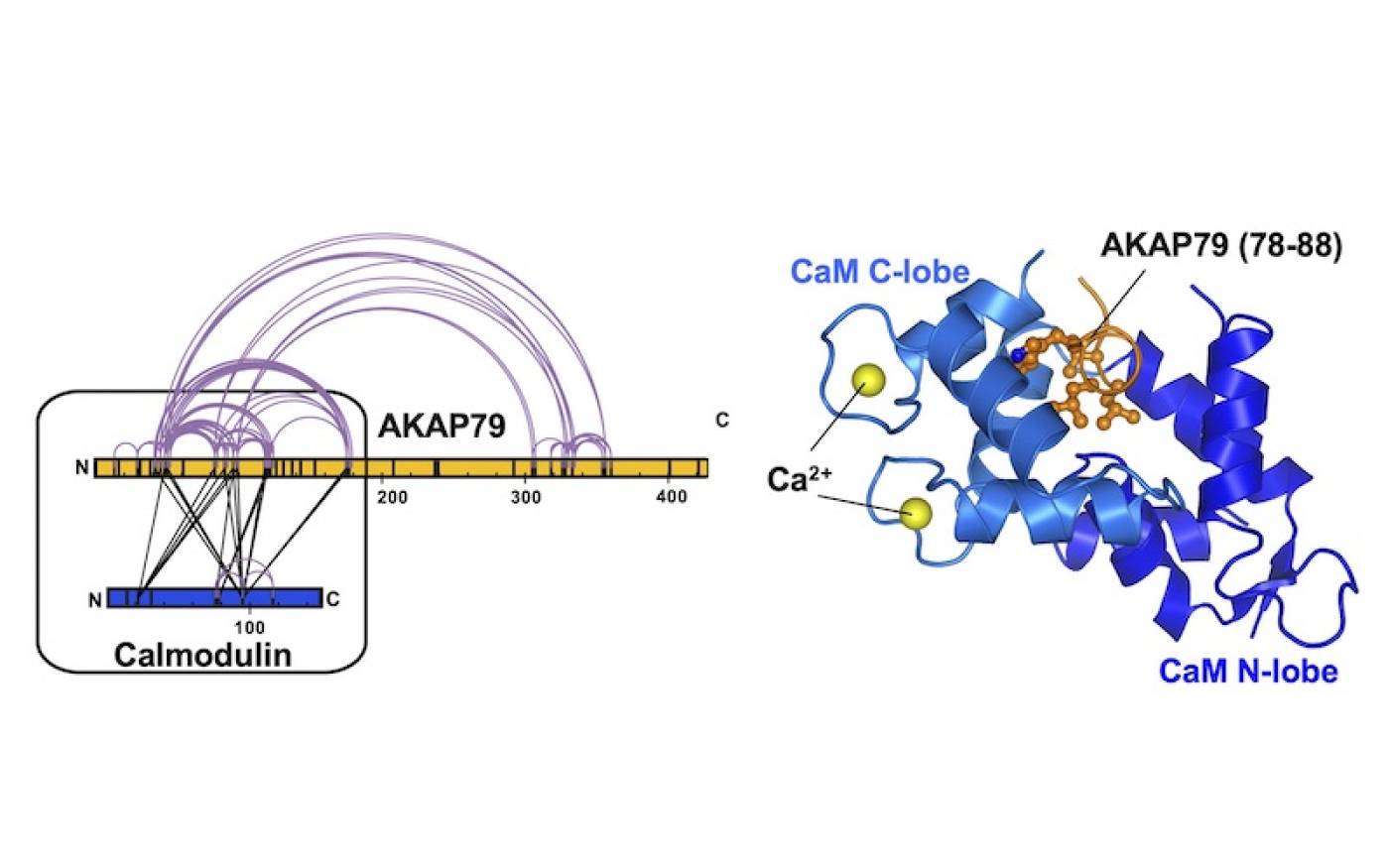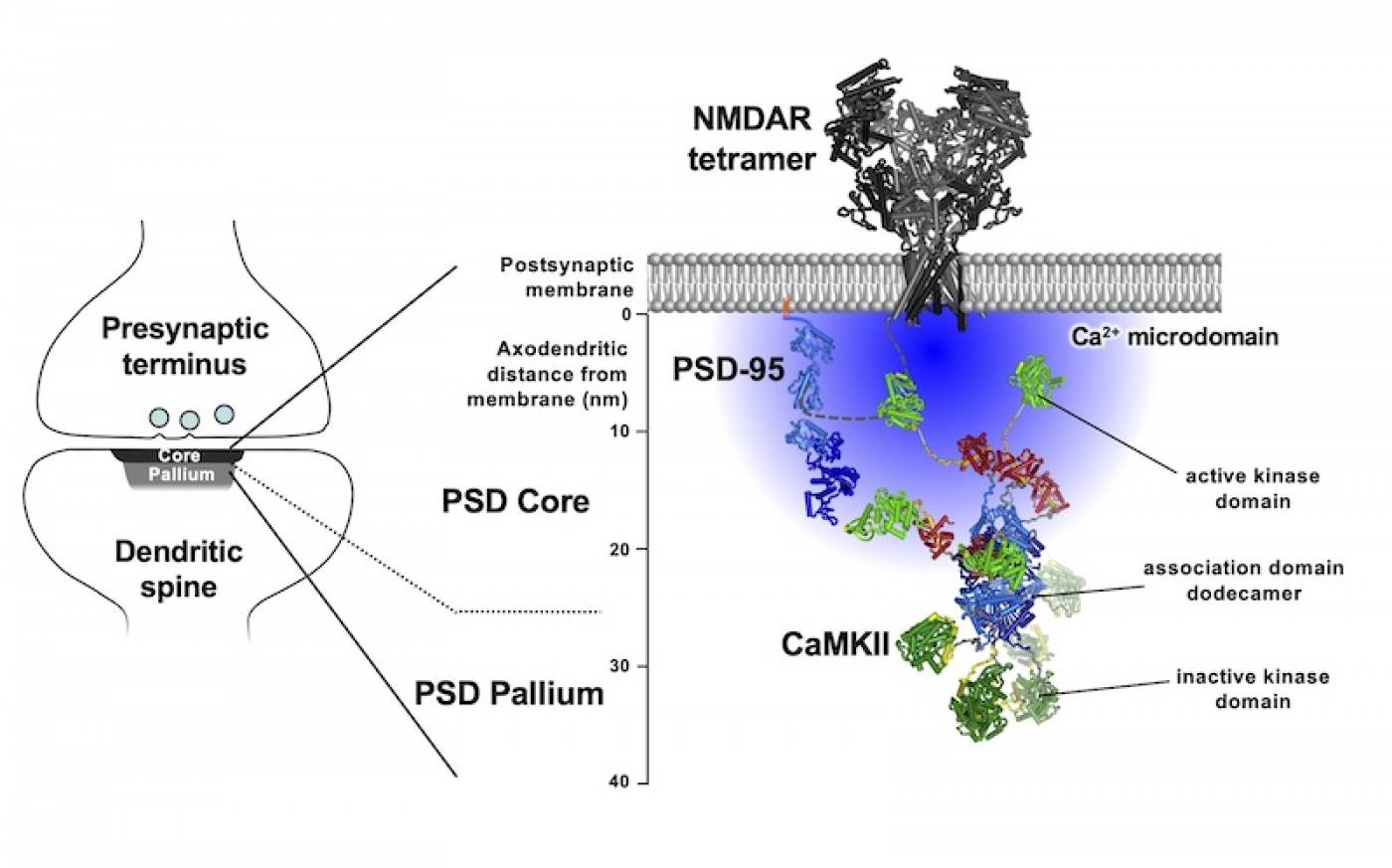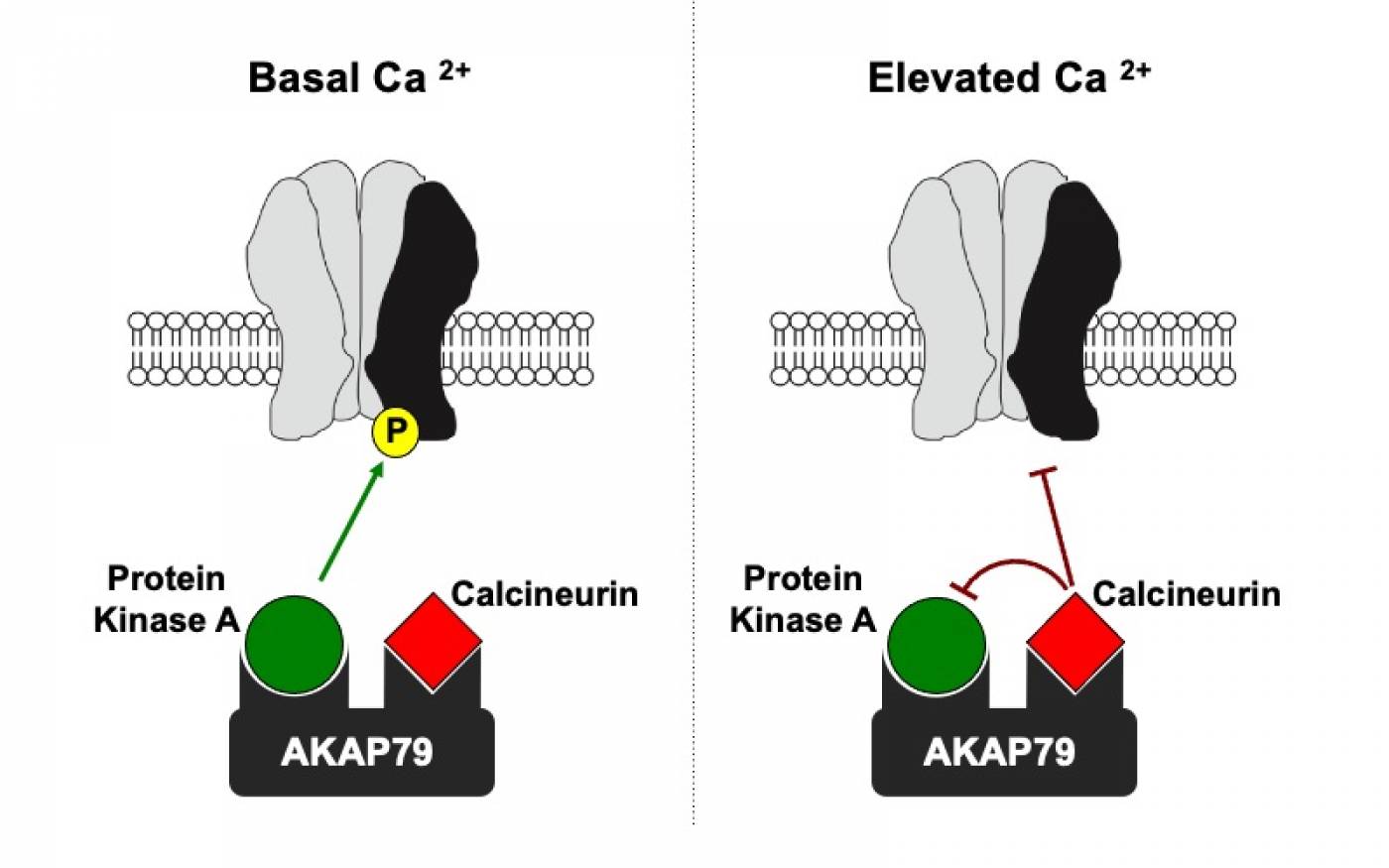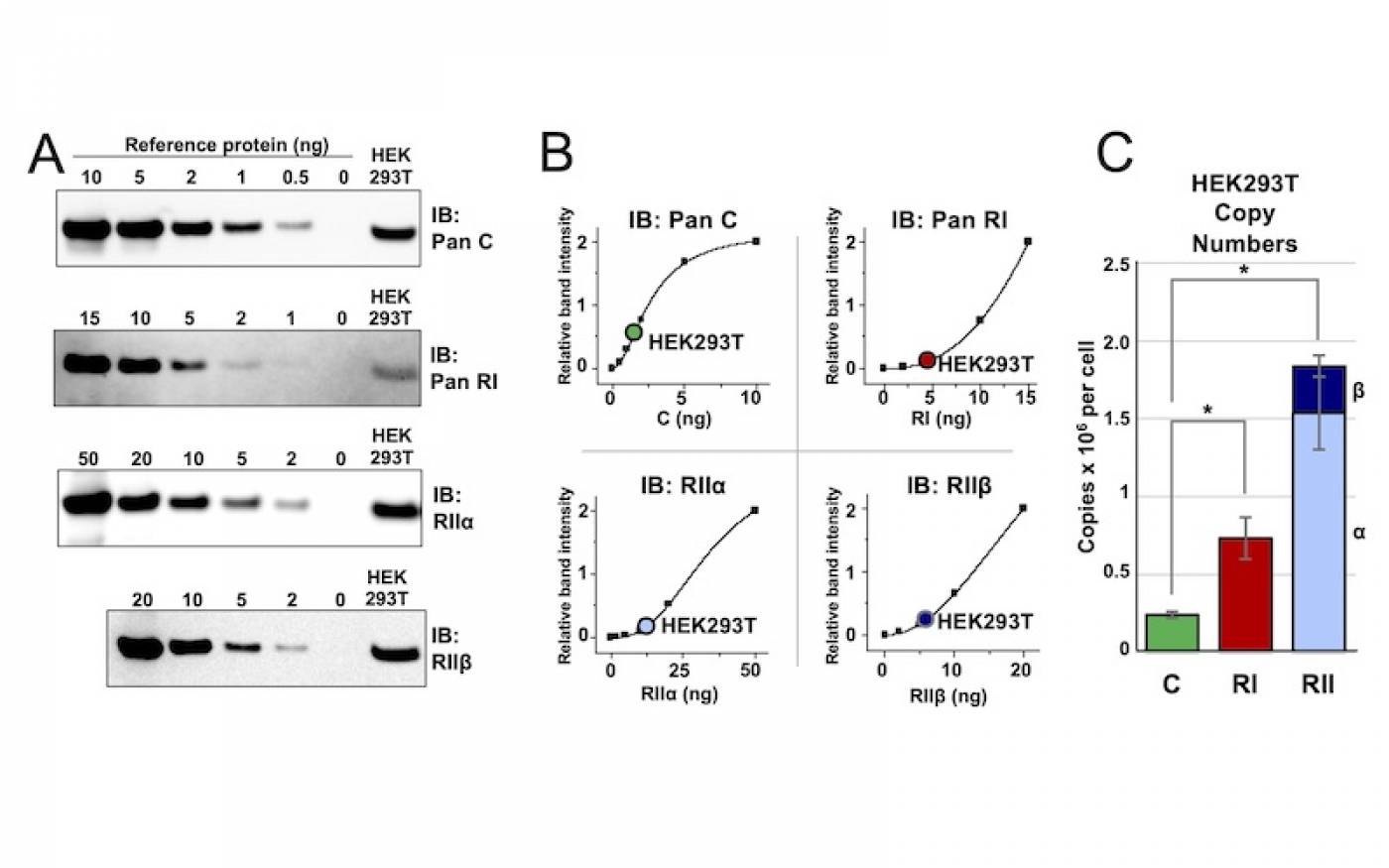Research
Basics of nanodomain cyclic AMP signalling
Cyclic AMP (cAMP) is an ancient signalling molecule that regulates dynamic processes across biology and throughout the human body. For example, increases in cAMP trigger processes including increases in heart rate and contraction following sympathetic stimulation, vasopressin-mediated water reuptake in the kidney, elevated insulin release in the kidney, and increases in the strength of neuronal synaptic, to name only a few.
Discoveries concerning the component parts of the canonical cAMP pathway are a common thread through the history of the Nobel prize (prizes linked to the cAMP signalling pathway are summarised here). Modern research is focused on understanding how different proteins in the cAMP pathway are coordinated in signalling nanodomains. Our efforts in this field include discoveries related to how the activity of the major cAMP receptor, protein kinase A, is restrained in cells (Walker-Gray et al., 2017).
Research into cAMP signalling is supported by the development of novel technologies for manipulating and recording the location and activity of cAMP signalling proteins, and we are also developing novel tools influenced by the fields of synthetic and chemical biology.

We use structural approaches including crystallography and protein crosslinking to study protein-protein interactions. Image from Patel et al., 2017.

In a new line of investigation, we are seeking to understand how the critical enzyme CaMKII is targeted to regulate synaptic strength. Image from Penny & Gold, 2018.

Experiments in our lab have revealed that the anchoring protein AKAP79 enables calcineurin to weaken synapses by directly turning off protein kinase A. Summary of data presented in Church et al., 2021.

Our discoveries include the fundamental finding that protein kinase A regulatory subunits greatly outnumber catalytic subunits. Image from Walker-Gray et al., 2017.
Second messenger signalling protein complexes in the synapse
The second messengers cAMP and Ca2+ are central to the regulation of changes in synaptic strength known as plasticity. Synaptic plasticity is a key mechanism for linking experience to changes in brain circuitry and us such underlies many types of learning. Defects in synaptic plasticity are linked to a wide range of neurological diseases. We are interested in signalling protein complexes that respond to changes in cAMP and Ca2+ concentration in synaptic terminals and mediate the effects of these second messengers on synaptic strength. For example, we have shown how a signalling complex nucleated by AKAP79 enables calcineurin to directly suppress protein kinase A activity in long-term depression of synapses (Church et al., 2021). We have also initiated a new line of investigation focusing on mechanisms for targeting the major Ca2+ receptor, CaMKII, in long-term potentiation of synapses.
Technical Facilities
Our laboratory houses equipment for basic molecular biology, FPLCs for protein purification, a plate-reader capable of a variety of assays including ratiometric FRET recordings, and an electrophysiology rig assembled for recordings in slices. We have cell and tissue culture facilities, and a variety of incubators for expressing protein in bacteria, insect cells and suspensions of mammalian cells.
We have access to state-of-the art microscopes through the Division of Biosciences Confocal Imaging Facility, and make use of facilities within the ISMB including the ISMB Protein Crystallography and Biophysics Centre, and ISMB Electron Microscopy Lab.
Funders
We are very grateful for support from the following organisations:




 Close
Close

